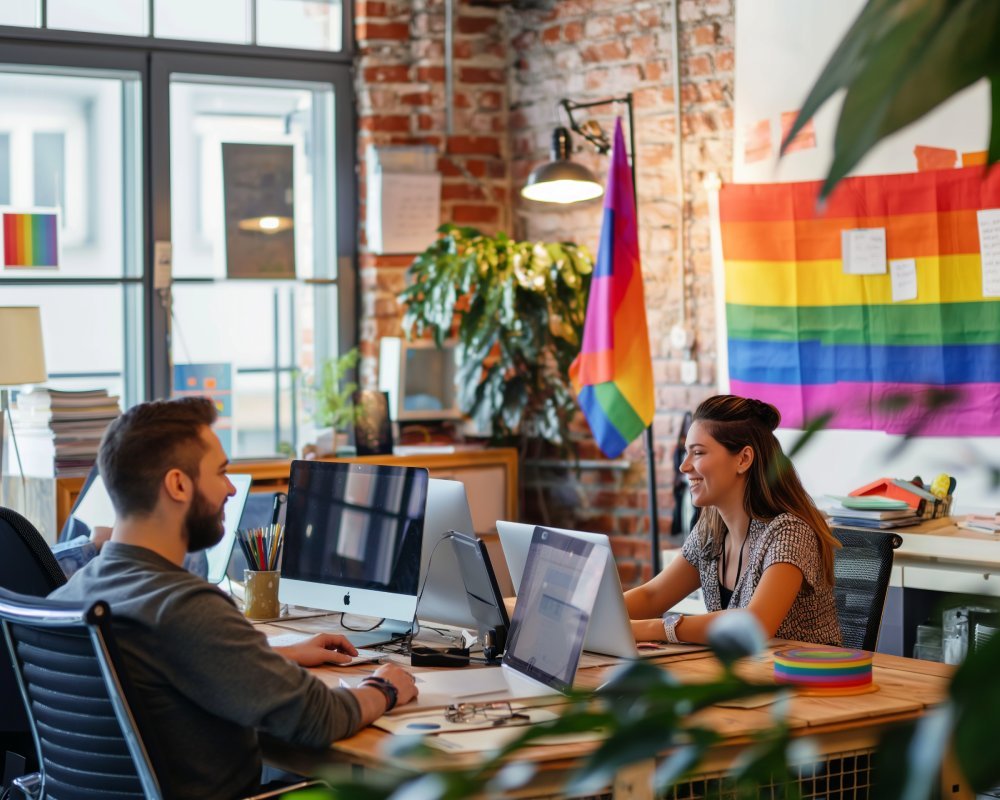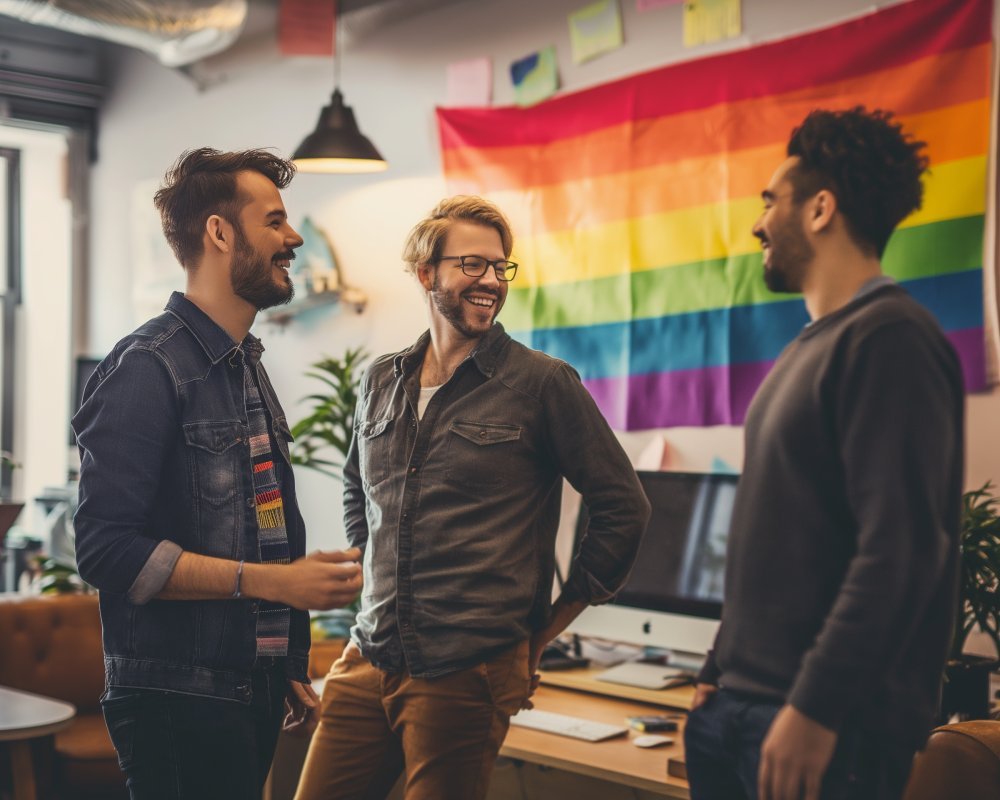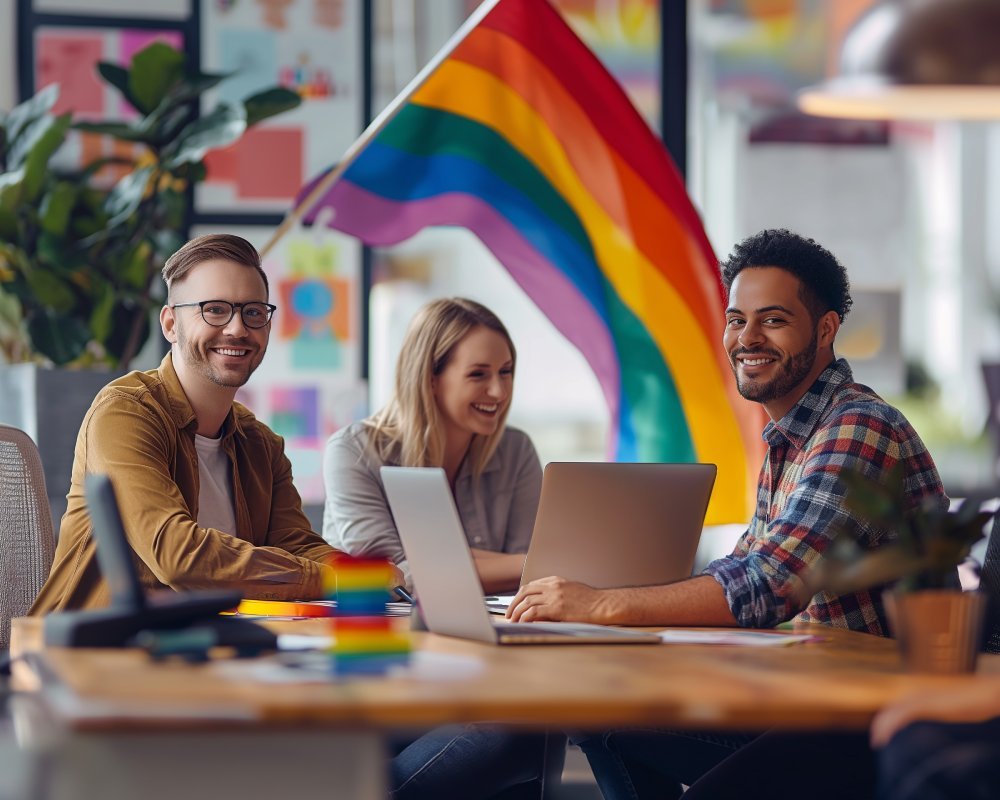
How to Talk to Children About Gay Relationships – Talking to children about all types of relationships, including gay relationships, is essential in helping them understand and respect the diversity of love in the world. As society becomes more accepting and inclusive of LGBTQ+ individuals, it’s important for parents and caregivers to have open and honest conversations with children about different types of relationships. By starting these conversations early and using age-appropriate language, children can learn to embrace diversity and support their LGBTQ+ peers.
When discussing gay relationships with children, it’s important to approach the topic with sensitivity and respect. Here are some tips on how to talk to children about gay relationships in a positive and supportive way.
1. Start Early and Be Honest
It’s never too early to start talking to children about different types of relationships, including gay relationships. By introducing the concept of diverse love early on, children can grow up with a greater understanding and acceptance of LGBTQ+ individuals. Be honest with children about the existence of gay relationships and answer any questions they may have openly and truthfully.
Teaching children about the benefits of diversity and inclusion…
Diversity and inclusion are essential values to instill in children from a young age. By teaching children about the benefits of diversity and inclusion, they can learn to appreciate different perspectives and experiences. When discussing gay relationships with children, emphasize the importance of acceptance, respect, and love for all individuals, regardless of their sexual orientation.
It’s crucial to create a safe and supportive environment…
Creating a safe and supportive environment for children to ask questions and express their thoughts is key to helping them navigate sensitive topics like gay relationships. Encourage open communication and validate children’s feelings as they explore and learn about the diversity of relationships in the world.

2. Use Age-Appropriate Language
When talking to children about gay relationships, use age-appropriate language that they can understand. Avoid using complex terms or terminology that may be confusing for young children. Keep the conversation simple and straightforward, focusing on the basic concept of love and relationships.
Using inclusive language helps children feel accepted and valued…
Inclusive language is important when discussing gay relationships with children. By using terms like “love” and “family” to describe relationships, children can feel accepted and valued, regardless of their gender identity or sexual orientation. Encourage children to ask questions and be curious about different types of relationships, while emphasizing the importance of respect and empathy.
Teaching children about different types of families…
Families come in all shapes and sizes, including those with same-sex parents or LGBTQ+ individuals. Teach children about the diversity of families and the love that binds them together, regardless of their structure. By exposing children to different family dynamics, they can learn to appreciate the unique qualities that make each family special.
Advertisement · Scroll to continue
Recommended
3. Educate Children About LGBTQ+ History and Rights
In addition to discussing gay relationships with children, it’s important to educate them about LGBTQ+ history and rights. Teach children about the struggles and triumphs of the LGBTQ+ community throughout history, including key moments in the fight for equality and acceptance. By providing children with a historical context, they can better understand the importance of supporting and advocating for LGBTQ+ individuals.
Encouraging children to stand up for equality and justice…
Empower children to stand up for equality and justice by educating them about the rights of LGBTQ+ individuals. Discuss the importance of treating everyone with kindness and respect, regardless of their sexual orientation or gender identity. Encourage children to be allies to their LGBTQ+ peers and to speak out against discrimination and prejudice.
Supporting children in expressing their identities…
Encourage children to express themselves authentically and explore their own identities, free from judgment or stereotypes. By creating a supportive environment that celebrates diversity and individuality, children can feel empowered to be their true selves and embrace others for who they are. Validate children’s feelings and experiences, and remind them that they are loved and accepted no matter what.

4. Lead by Example and Embrace Diversity
As a parent or caregiver, it’s important to lead by example and demonstrate acceptance and respect for all individuals, including those in gay relationships. Embrace diversity in your own life and interactions, and show children that love knows no bounds. By modeling inclusive behavior and attitudes, children can learn to be open-minded and compassionate towards others.
Teaching children to celebrate differences…
Celebrate the differences and uniqueness of individuals, including those in gay relationships, as a way to promote acceptance and understanding. Encourage children to appreciate the beauty of diversity and the richness it brings to our lives. By fostering a culture of inclusivity and compassion, children can learn to embrace all forms of love and relationships with an open heart.
Empowering children to be allies and advocates…
Empower children to be allies and advocates for the LGBTQ+ community by teaching them about the importance of equality and social justice. Encourage children to stand up against discrimination and injustice, and to use their voices to create positive change in the world. By nurturing a sense of empathy and activism in children, they can become powerful agents of diversity and inclusion in their communities.
In conclusion, talking to children about gay relationships is an important step in promoting acceptance, understanding, and love for all individuals. By starting these conversations early, using age-appropriate language, educating children about LGBTQ+ history and rights, leading by example, and embracing diversity, parents and caregivers can help children navigate the complexities of relationships with empathy and respect. Remember to create a safe and supportive environment for children to ask questions and express their thoughts, and to validate their feelings as they explore the diversity of love in the world. Together, we can raise a generation of compassionate and inclusive individuals who celebrate the beauty of all relationships, including gay relationships. How to Talk to Children About Gay Relationships.
Advertisement · Scroll to continue

More Recommended
85% of Men Are Bisexual or Bi-Curious
85% of Men Are Bisexual or Bi-Curious: Understanding the Spectrum of Male Sexuality The idea [...]
How to Support the LGBTQ+ Community on Your TIKTOK Profile
How to Support the LGBTQ+ Community on Your TIKTOK Profile – In today’s digital age, [...]
How to Find LGBTQ+ Support Groups for Gays
How to Find LGBTQ+ Support Groups for Gays – Finding LGBTQ+ support groups for gays [...]
Unpacking the ethics of targeted marketing towards the lesbian community
As society continues to evolve and become more inclusive, the LGBTQ+ community has gained greater [...]
Rainbow Revolution: How LGBTQ+ Marketing Agencies are Transforming the Industry
Rainbow Revolution: How LGBTQ+ Marketing Agencies are Transforming the Industry – Rainbow Revolution: How LGBTQ+ [...]
How to Position Your Gay-Owned Business in a Competitive Market
How to Position Your Gay-Owned Business in a Competitive Market – In today’s competitive market, [...]
Breaking Barriers: LGBTQ+ Advertising in the 21st century
Breaking Barriers: LGBTQ+ Advertising in the 21st century – In the 21st century, marketing and [...]
What Is Gay Literature?
What Is Gay Literature? A Detailed Exploration of LGBTQ+ Literary Heritage 1. Introduction – What [...]
Do People With HIV live less?
Do People With HIV live less? No. With proper medical care—especially antiretroviral therapy (ART)—people living [...]